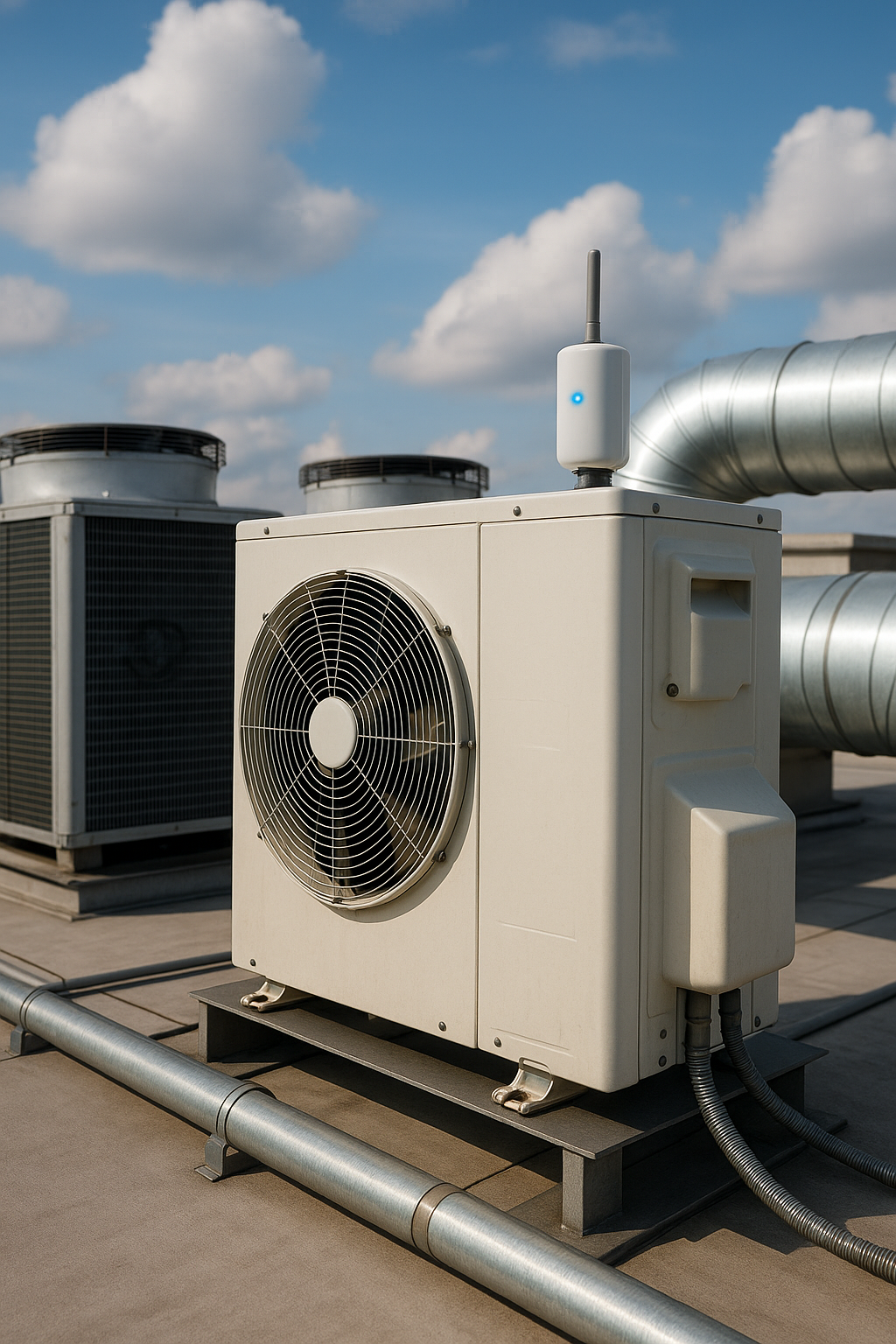
The “Internet of Things” (IoT) might sound like a buzzword, but it’s very much at home in modern HVAC systems. IoT in HVAC means your heating and cooling components – thermostats, vents, AC units, furnaces, sensors – are all connected and communicating. This connectivity allows for smarter control and optimization. In everyday terms, IoT lets your HVAC system gather data and make decisions or adjustments in ways that traditional standalone thermostats never could. The result is better performance (more comfort, less wear) and energy savings. Let’s explore exactly how IoT is enhancing HVAC systems in homes.
1. Remote Control and Monitoring
One immediate benefit of IoT in HVAC is anywhere, anytime control:
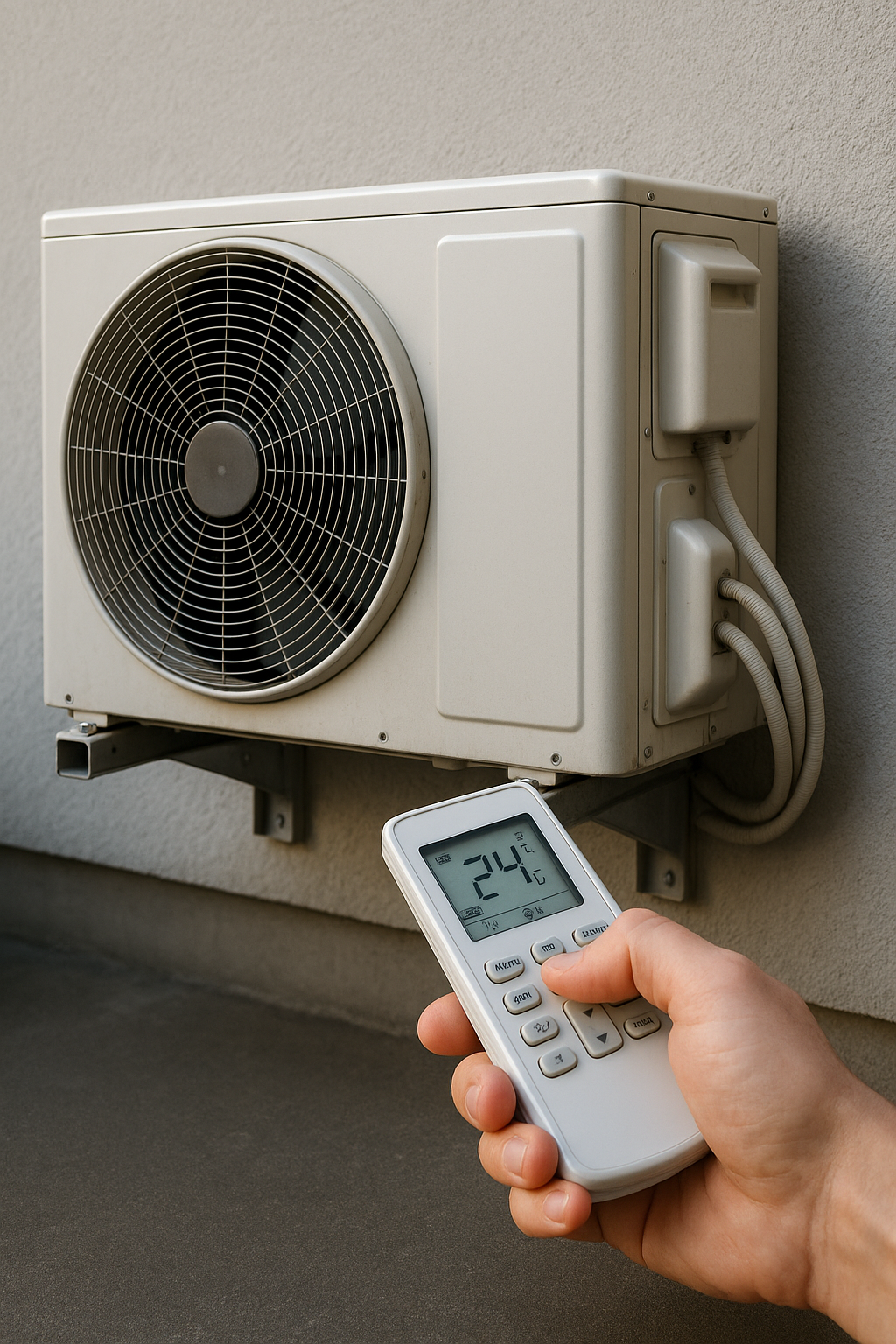
- Smartphone Apps: With IoT-enabled thermostats and devices, you can control your HVAC through an app on your phone or tablet. Forget to turn off the AC when you left home? Just grab your phone and adjust it remotely. Going to your vacation house for the weekend? You can pre-cool or pre-heat it on the drive there.
- Real-Time Alerts: Because your HVAC is connected to the internet, it can send you notifications. For example, if your home suddenly gets unusually hot or cold, or if the system detects a fault, you’ll get an alert. IoT systems monitor conditions constantly. If a temperature fluctuates unexpectedly, the system can ping your phone. That means if your AC stops working on a hot day while you’re at work, you’ll know immediately – no coming home to an unpleasant surprise.
- Remote Diagnostics: Many HVAC companies now offer services where they can also monitor your system’s performance (with your permission). If something goes wrong, the technician might diagnose the issue remotely via the IoT data before coming out, possibly even fixing minor settings issues over the air. This saves time and potentially service cost.
In short, IoT connectivity makes your HVAC much more convenient and gives you peace of mind, since you’re always “in the loop” on how it’s running.
2. Smart Sensors and Automation
IoT turns an HVAC system into a coordinated team of devices rather than isolated parts. Here’s how that improves performance:
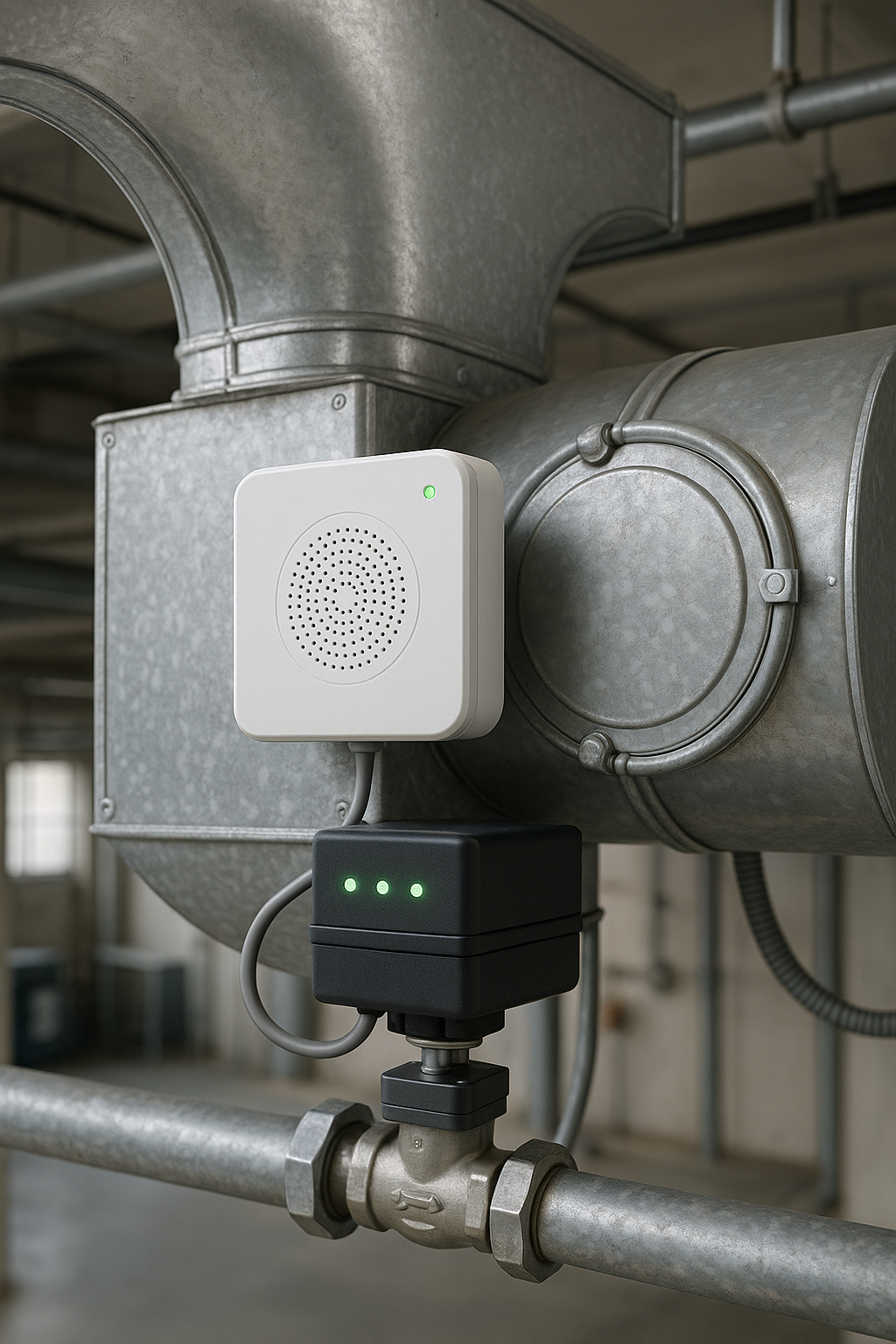
- Integrated Sensors: Traditional thermostats read temperature in one spot. IoT-enabled HVAC can have multiple sensors – temperature sensors in different rooms, humidity sensors, occupancy (motion) sensors, even sunlight sensors. All these feed data into the system. For example, if IoT sensors notice nobody is upstairs, the system can adjust dampers or modulate cooling to focus on the occupied downstairs, saving energy.
- Occupancy Detection: IoT ties into things like smart motion sensors or even your smartphone’s location (geofencing). Your HVAC can automatically go into eco-mode when you leave the house and kick back on when it senses you’re on the way home, thanks to IoT connectivity with your phone’s GPS.
- Weather Integration: Many IoT HVAC controllers pull in local weather data from the internet. If the forecast says a heat wave is coming this afternoon, a smart system might pre-cool the house a bit in the morning (when it’s cooler and energy is cheaper) to reduce the strain later. Or if a cool night is expected, it might ease off the AC earlier and let nature help. This kind of dynamic response keeps you comfortable efficiently.
- Device Coordination: IoT lets different components work in harmony. For instance, a smart thermostat might tell a smart dehumidifier to turn on if humidity is high, or work with motorized blinds (closing them during peak sun to reduce cooling load). None of this would be possible if devices weren’t able to talk to each other via a network.
3. Energy Efficiency Gains
Perhaps the biggest draw of IoT in HVAC is the potential for energy savings. By having all those sensors and automated adjustments, the system can optimize itself far better than a static thermostat could:
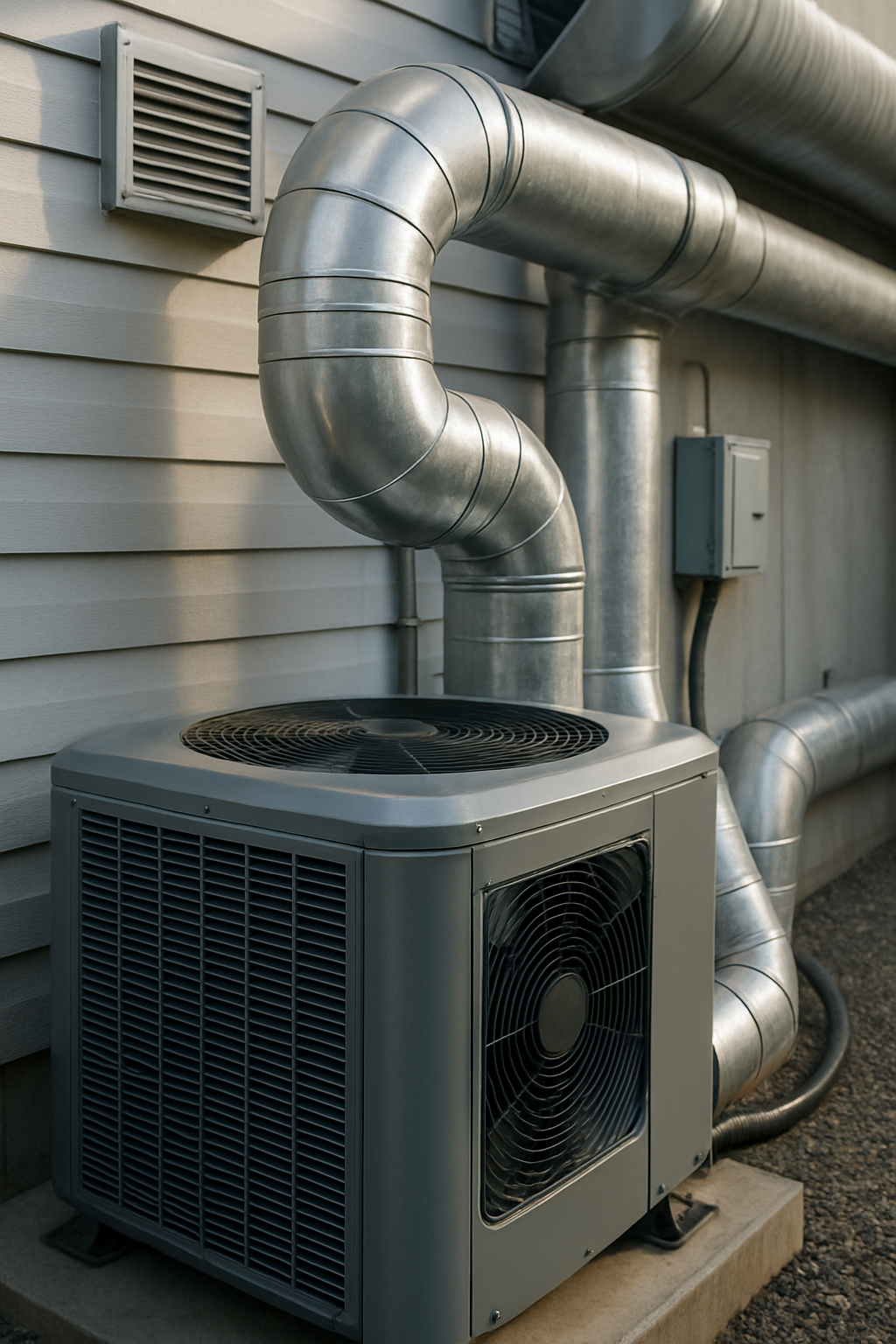
- Precise Control: IoT-based HVAC can make fine-tuned adjustments continuously. Instead of the old cycle of “on at full power, then off, then on again,” an IoT-connected system might run at a low level consistently to maintain just the right temperature. According to industry reports, by making these minute adjustments exactly when needed, an IoT-driven HVAC uses as little electricity as possible
buildings.com. In other words, it squeezes out inefficiencies that a human might not even notice. - Reduced Wasted Cooling/Heating: IoT ensures you’re not cooling or heating more than necessary. If windows are open and you have IoT window sensors, the system could shut off so as not to waste energy. If you forget a door open, a smart home system might notify you or pause the HVAC. All these little optimizations add up to big savings.
- Energy Monitoring & Feedback: IoT systems often come with dashboards showing energy use in real time. This feedback can motivate homeowners to adjust settings for efficiency. For example, seeing that cooling the house to 72°F instead of 74°F is causing a big spike in usage might convince you to dial it back. Some systems even suggest optimal temperature ranges or schedules for savings.
- Peak Demand Management: If your utility charges different rates at different times, IoT can help shift HVAC usage to cheaper times. For instance, an IoT thermostat could cool the house a little extra in the late morning if it knows afternoon rates are high, then coast through the expensive peak hour. This kind of strategy, often coordinated with utility companies, is only possible with connected devices that can react to signals in real time.
4. Predictive Maintenance via IoT
We’ve talked about predictive maintenance in the context of AI, but IoT is the backbone that makes it possible:
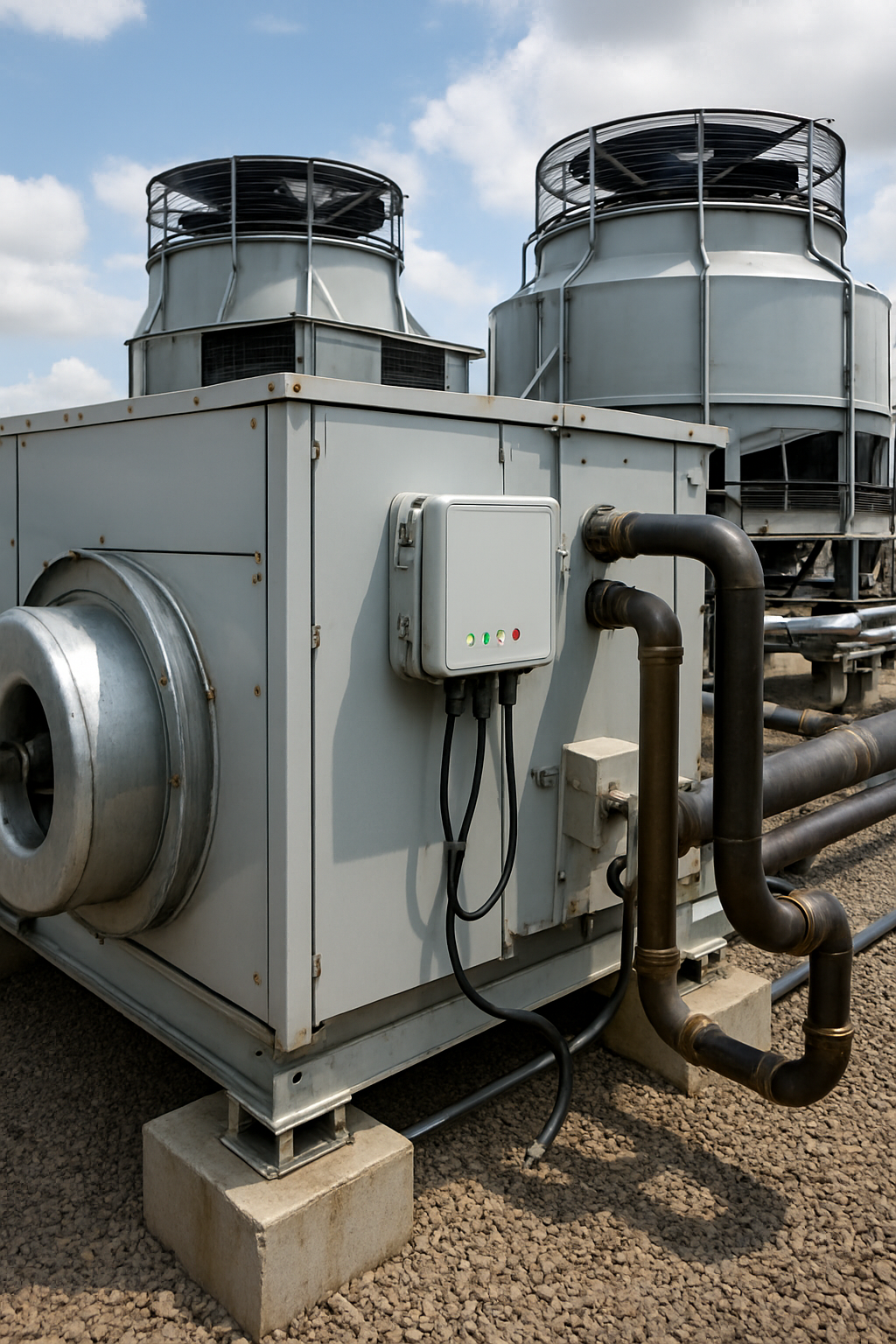
- Continuous Data Streaming: IoT devices in your HVAC (like vibration sensors on a compressor or current sensors on a motor) can feed data into analytics platforms. If any parameter strays from normal, the system knows.
- Early Problem Detection: For example, a connected HVAC might detect that your blower motor is drawing a bit more power than usual, suggesting it’s working harder – maybe due to a dirty filter or a part wearing out. It can then alert you to check the filter or schedule a service before something fails completely.
- Maintenance Reminders: Because the system “knows” how much it’s been running, it can give you reminders based on actual usage (runtime hours) rather than just a fixed calendar. This means you’ll get a filter replacement reminder exactly when you need it, not too early or too late.
- Less Downtime: All of this translates to fewer sudden breakdowns. IoT connectivity makes it far more likely you’ll catch issues when they’re small. And as mentioned, sometimes technicians can diagnose (or even fix) issues remotely by looking at the IoT data feed.
Conclusion
IoT is the quiet workhorse behind the scenes that links your HVAC components together and with the outside world. This connectivity leads to a smoother running system that keeps you comfortable while using energy more intelligently. From the convenience of adjusting your thermostat on your phone, to the system automatically adapting to your lifestyle and the weather, IoT is making home heating and cooling more responsive and efficient than ever.
As a homeowner, embracing IoT in HVAC might be as simple as upgrading to a Wi-Fi smart thermostat and a few sensors, but the effects can be profound. You’ll likely notice more consistent comfort and lower energy bills. Plus, you’ll have the added peace of mind that your HVAC is looking out for itself (and for you).
